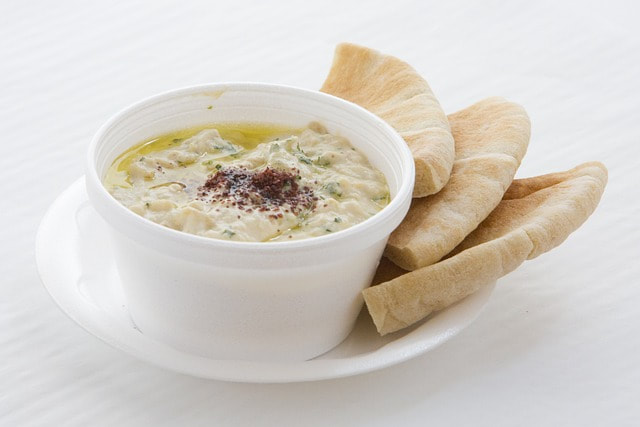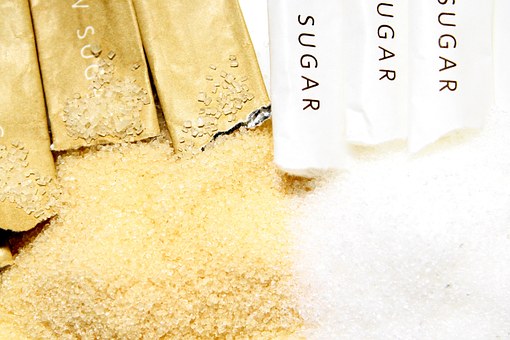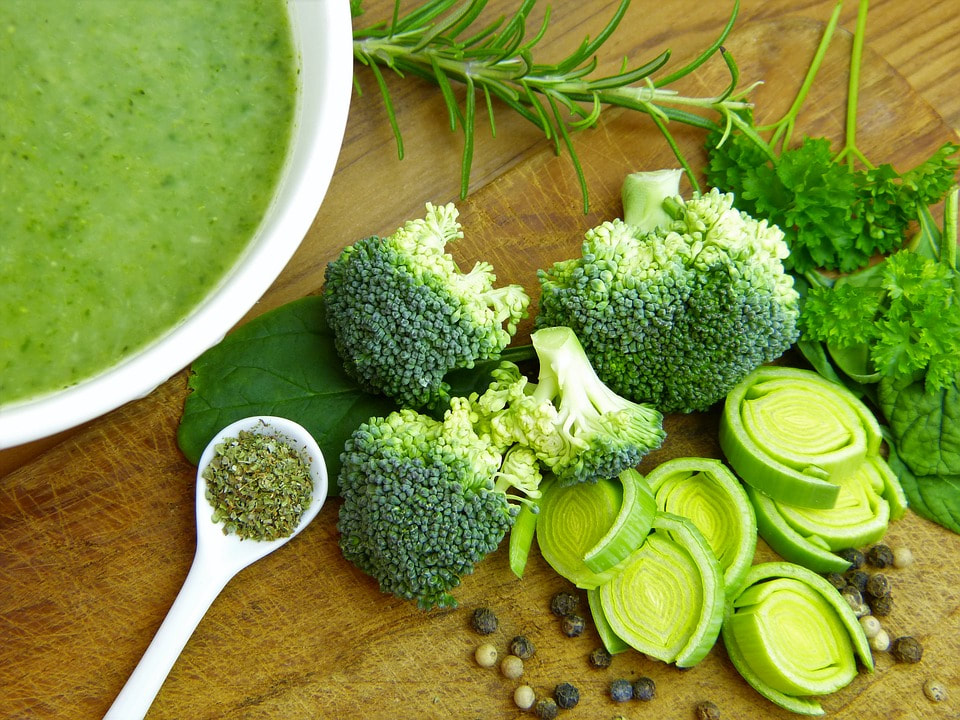There are 2 main types of diabetes, called diabetes 1 and 2. Diabetes 1 is when the body doesn’t make insulin at all. Type 2 diabetes is when we cannot make enough insulin, or the insulin we make is not effectively moving the blood sugar into the cells for energy. There is also gestational diabetes, when a pregnant person has diabetes during the pregnancy only. There are other, more rare types of diabetes, but we will focus on type 1 and 2 in this discussion.
Type 1 diabetes is sort of a mystery as to how one gets it. Risks include a genetic history of it, arriving at a young age, or having relatives in the family who have it. There is no known way to prevent it. In type 1 diabetes, the immune system seems to be involved and the body attacks itself.
Type 2 diabetes has risk factors such as being overweight, being inactive, smoking, fatty liver disease, and generally unhealthy lifestyles. In all types of diabetes, the buildup of sugar in the bloodstream is caused by the insulin problems listed above. We need glucose to live. The body uses insulin produced by the pancreas to move the glucose into our cells to be used as energy. If there is too much glucose in the blood, after some time, symptoms may occur caused by the diabetes. If these symptoms are not addressed, serious health complications may occur.
Some common symptoms of diabetes include excessive thirst, going to the bathroom a lot at night, excessive weight loss or gain, genital itching, blurred vision, and cuts not healing as normally as they used to. If these symptoms are not addressed one may suffer complications such as nerve damage in the lower portion of the body, infections, gangrene, heart disease, kidney disease, permanent eye damage, and loss of limbs and organs.
Prediabetes is when the blood sugar levels are high, but not high enough to be labeled diabetes. It is important to be checked yearly with regular bloodwork to see if one has any indication of diabetes that may have gone unnoticed. Please consult your health practitioner if any concern comes up. Checkups are good for us anyway because the more knowledge we have about our body, the better we can be a partner in our health.
When diagnosed with prediabetes or diabetes, we can change some lifestyle habits in order to help put the disease in remission, or lower our medications. Preventing diabetes 2 is a smart way to live one’s life anyway. So how can be participate in our own positive progress?
First of all, go to your checkups. Second of all, eat healthy. What does this mean? It means eat less processed foods, more vegetables, less junk foods, less sweets. Being active is also important. Vigorous movement at least 3 times weekly for 20-30 minutes is a good place to start. Baby steps are steps forward! If one is overweight, just losing 5-7% of the total weight can make a huge difference in the numbers.
The numbers in diabetes are when we sample the blood glucose with a monitor before and after eating. When we wake up in the morning, in a fasted state, the blood glucose number should be under 100 in healthy individuals. Drinking lots of water is important. Eating goods low in the glycemic index is extremely helpful. This means that plant foods with lots of fiber, like dark leafy greens and bitter vegetables will have lower chances of spiking the blood sugar during digestion. The fiber also keeps the energy from spiking up high and crashing after a few hours (like a candy bar does). If you do have a high glycemic food, pair it with a low glycemic index food in order to balance the sugar in the blood out.
Low glycemic index foods are given a number 0-55. Examples of low GI foods:
- spinach
- lettuce
- artichoke
- broccoli
- carrots
- eggplant
- beans
- most fruits
Moderate glycemic index foods are given a number 56-69. Examples of these are:
- whole wheat bread
- pita bread
- brown rice
- raisins
- corn
- cereal
- some potatoes
- mango
- kiwi
High glycemic index foods are given a number from 70 and higher. Pure sugar has a GI of 100. Water has a GI of 0. Examples of high GI foods are:
- white bread and bagels
- most processed junk and snack foods
- honey
- white potatoes
- pineapple
- soft drinks
- fruit juices
- candy, desserts
Another thing to remember is that the longer the plant foods are cooked, the sugars and fibers break down. This creates the glucose levels to rise faster, even if the food is a low glycemic index food. So boiled carrots will have a higher glycemic index than raw carrots. I hope this makes sense.
To your health,
KJ Landis








 RSS Feed
RSS Feed